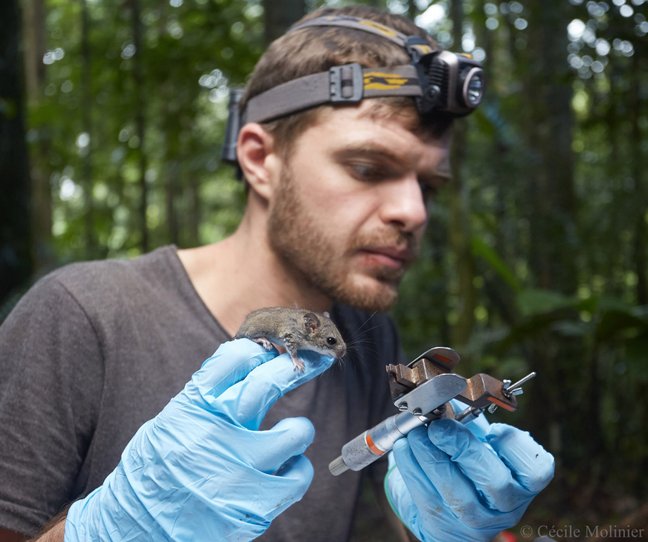The sense of smell is central to the survival of most mammals and plays a role in food recognition, reproduction, and predator avoidance. The number of genes for functional olfactory receptors and the absolute and relative size of olfactory organs have been repeatedly used to assess olfactory abilities.
However, there is still a large gap in our understanding of how olfactory performance relates to its genomic and anatomical bases and whether or how the genetics and morphology of olfaction vary among species with different olfactory abilities.
Using a similar methodology in data collection, Dr. Quentin Martinez of SMNS and his colleagues demonstrated in rodents that there is no relationship between the major genomic and morphological traits of olfaction.
These results challenge the interpretations of several studies based on different indicators of olfactory expression and their possible relationship with olfactory abilities.
To this end, Dr. Martinez and colleagues extracted the number of olfactory receptor genes from high-quality genomes of 23 animal species and performed CT scans of the heads of these species to quantify their olfactory organs.
Martinez Quentin, Courcelle Maxime, Douzery Emmanuel, Fabre Pierre-Henri (2023). When morphology does not fit the genomes: the case of rodent olfaction. Biology Letters, 19(4), 20230080. https://doi.org/10.1098/rsbl.2023.0080
